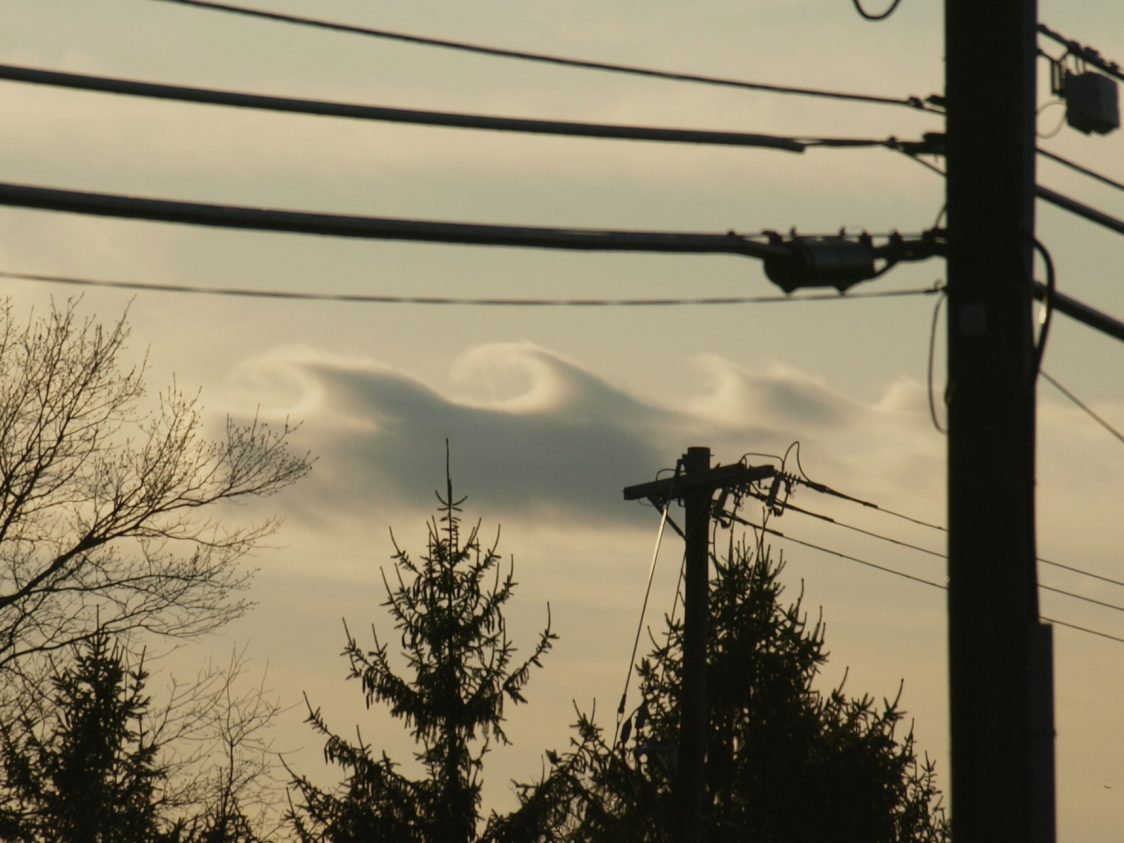An Arctic research team comprised of researchers from the University of Georgia and Rutgers University, led by EOAS member scientist Dr. Åsa Rennermalm, has discovered where much of the freshwater from glacial melting on the East Coast of North America winds up: The Western Coast of Greenland. From there, according to their research model, wind and ocean currents often transport …
John Reinfelder to Receive Scholar-Teacher Award
Congratulations to EOAS member Dr. John Reinfelder for receiving the 2015-2016 Rutgers University Faculty Scholar-Teacher Award! John will receive his award during a formal ceremony sometime in May.
Discovery of Fused Genes Forged By Primary Endosymbiosis
Everything we know about life and how it works ultimately comes down to the genetic blueprint, DNA. DNA, as organized in genes, are the basic building blocks of genomes and therefore of living cells. Genes are arguably one of the most important forms of currency we have to create life because each is the result of millions of years of …
How did Past Environmental Changes Affect Human Development?
A recent paper published by a host of top research scientists, including EOAS scientist Dr. Craig Feibel, aims to shed new light onto how human evolution may have been impacted by Earth’s Environmental history. While previous attempts to understand this better using methods such as studying outcrop sediments, deep sea core samples, and fossils adjacent to where fossil hominins (ancestors or …
New Paper Finds Sea Level Rise Fastest in at Least 2800 Years
A new paper was published this week by EOAS scientists Dr. Bob Kopp and Dr. Ben Horton, along with some of their colleagues, which found that the current rate of sea level rise in the Earth’s Oceans is faster now than at any point in the past 2800 years. This unprecedented sea level rise rate is attributed to warming temperatures from …
Dr. James Hansen Visits Rutgers University
Distinguished climate researcher Dr. James Hansen recently spoke to a crowded room on the Cook Campus of Rutgers University to convey his views on the best ways to combat the growing cardon dioxide concentration and emissions into the Earth’s Atmosphere, and its effects on Earth’s climate. He also spoke with small, individual groups of graduate, undergraduate, and post-doctoral fellows during …
Do Pathogens Hold the Key to Understanding the Origins of Eukaryotes?
A major turning point in the history of life on Earth occurred about two billion years ago – the evolution of complex cells, the so-called eukaryotes. This was the foundational lineage that contained the first nucleus, an elaborate internal membrane system, and energy producing organelles referred to as mitochondria that powered the rise of algae, fungi, plants, and ultimately humans. …
15-20 Million Year Old Flower Species Discovered in Amber
Botanist and EOAS scientist Dr. Lena Sruwe, along with colleague Dr. George Poinar (Oregon State University) recently published their findings related to the discovery of an entirely new species of flower. Named Strychnos electri, the specimen was discovered in a piece of amber, estimated to be around 15-20 million years old. Congratulations on the discovery, Lena! Read More About the Discovery Here
EOAS Scientist Sheds New Light on Phytoplankton Photosynthesis
Oceanographic biophysicist, DMCS Professor, and EOAS member Dr. Paul Falkowski recently co-authored a study that found that phytoplankton in the ocean may not be as efficient at producing food from sunlight as what was previously thought. In fact, the study concluded that phytoplankton produce a surprisingly low amount of food from photosynthesis, and instead produce more heat than actual food during the …
Science Spotlight: Kelvin-Helmholtz Wave Clouds
Science is all around you — but sometimes it goes unnoticed. Surely many of us recall spending lazy summer afternoons staring up at big puffy clouds of varying shapes, letting one’s imagination run wild with interpretations of what they appear to look like. A bird, tugboat, or elephant perhaps? What about a line sharks teeth perfectly horizontal across the sky? …





